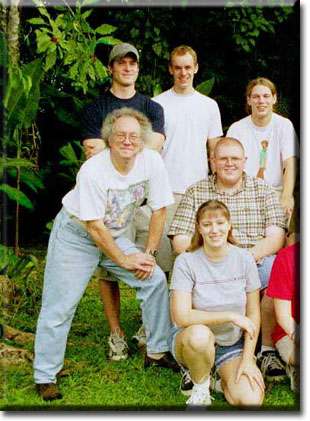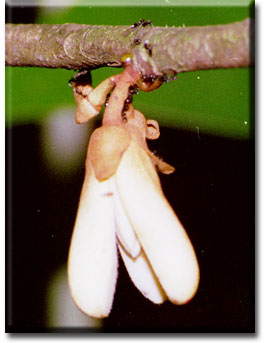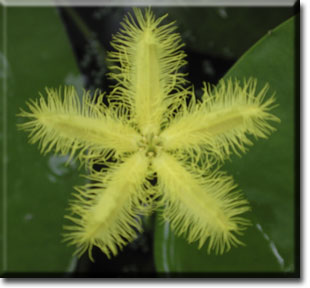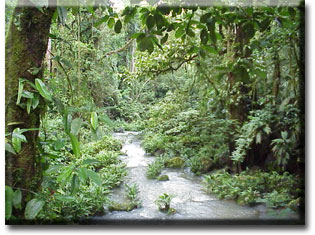Botany as a career: Still having funCareers In BotanyJoseph E. Armstrong, Professor of Botany, Illinois State University
My botanical blog - http://phytophactor.fieldofscience.com/  I can fairly easily mark the point in time when my botanical career officially began. I earned my master of science degree in 1972, and I thought of myself as a botanist ever since. It is much harder to decide when I decided to pursue botany as a career, but it happened some time during my final two years of undergraduate work after I fell under the influence of three botanists at SUNY Oswego (Jim Seago, Lee Marsh, and Hank Spang). If these three guys could make a living with botany, and enjoy it so much, then it sounded good idea to me too.
I grew up surrounded by gardens, old fields, and forests. I learned what any rural kid learns about recognizing important plants (butternuts-good; poison ivy-bad). So it came as no surprise to learn that plants were fascinating organisms to study. I must point out that the general biology core courses for my biology major did little to foster this interest as they basically ignored plant biology. This is a little something you might want to look into when selecting an institution of higher learning. Presently I am a professor of botany, and considered something of an expert on one or two little topics, an accomplished and creative teacher, and someone who works to better his institution and profession. The absolutely best thing about all of this is that I still find it fun! I’m working on the ecology of hemiparasitic plants, which are both green and parasites. Basically I want to understand how being both is a strategy for success in prairies. I’m studying the leafy organs of a whisk fern, a well studied, but not well understood little group of plants. Nothing but pure curiosity motivates this study. I’m known best for studies of flowers: their development, their adaptations, and their interactions with insects. Whenever time and money allow I spend time in the tropics figuring out how petals shaped like little bananas function in beetle pollination. I’ve figured out why the petals of an aquatic plant have a fringed margin, and this resulted in my best publication title ever (“Fringe science” – American Journal of Botany, 2002). I’ve figured out why the wishbone flower has anthers of two different sizes with large levers on their sides (“Lever-action anthers and the forcible shedding of pollen in Torenia” - American Journal of Botany, 1992). And I’ve figured out why male nutmeg trees have so many more flowers than female nutmeg trees, why so many female nutmeg flowers abort even after being pollinated, and how female nutmeg flowers get away with not providing their beetle pollinators with any reward resulting in several publications. Oh, that was easy to say, but it took countless hours of field work over nearly a decade, and my field work took me to Queensland Australia, India, Singapore, and Central America. Botany has taken me to more than a dozen other countries as well.
It’s a great feeling to figure out something that no one ever knew before. And this feeling is one of the reasons being a botanist is so much fun. The other reason is that I really enjoy teaching people about plants. I derive great satisfaction from “curing plant blindness” and opening people’s eyes to the fascinating array of plants that surround us; plants that keep us from being naked, miserable, and hungry. Plants only have roots, stems, and leaves, yet using nothing but these same basic components they display many nifty adapations for different ways of life, different environments, and different interactions with other organisms, e.g., epiphytes, ant plants, carnivorous plants, succulents, and so on. And plants have an interesting history that we can trace back nearly 4 billion years to the appearance of green bacteria. To introduce you to all these plants, I need a big conservatory greenhouse and botanical garden. If any administrators at Illinois State University happen to read this essay, that’s a hint. My present greenhouse is full! I need room to expand!
Let me reiterate the main points. I’ve spent the better part of a career that isn’t over yet studying, learning, and teaching about plants because they interest me. I have fun doing botany, and I have traveled to many exotic places. My profession is filled with interesting and truly great people studying a myriad of fascinating topics. And lastly a university is paying me to do this. I can hardly believe it. I actually feel sorry for people who just have jobs. Complete honesty compels me to say that probably all jobs have components you won’t like. I have had my disappointments, my failures, my difficult times, but why dwell upon the negative. Never has a plant treated me badly, although when my favorite research organism failed to flower after I organized three months of field research in the tropics I was a little ticked off, but it only took me 3 days to stumble upon an equally interesting tree in flower. Let me close by urging you to action. If you are reading this, then it may be because you like plants and are curious about the people who learn, study, and teach about them. Well, what’s stopping you? Just walk right up to the next botanist you meet and ask to be part of the fun. You are likely to find them at any botanical garden, any arboretum, any conservatory, and at many colleges and universities. Is it childish to want your job to be fun? Well, here’s what one of my colleagues has to say about that. “Great scientists are Peter Pans, still anxious to classify and explain at an age when most people are concerned with money, power, and sex.” (D. Knight, 1981). |



